Premium Only Content
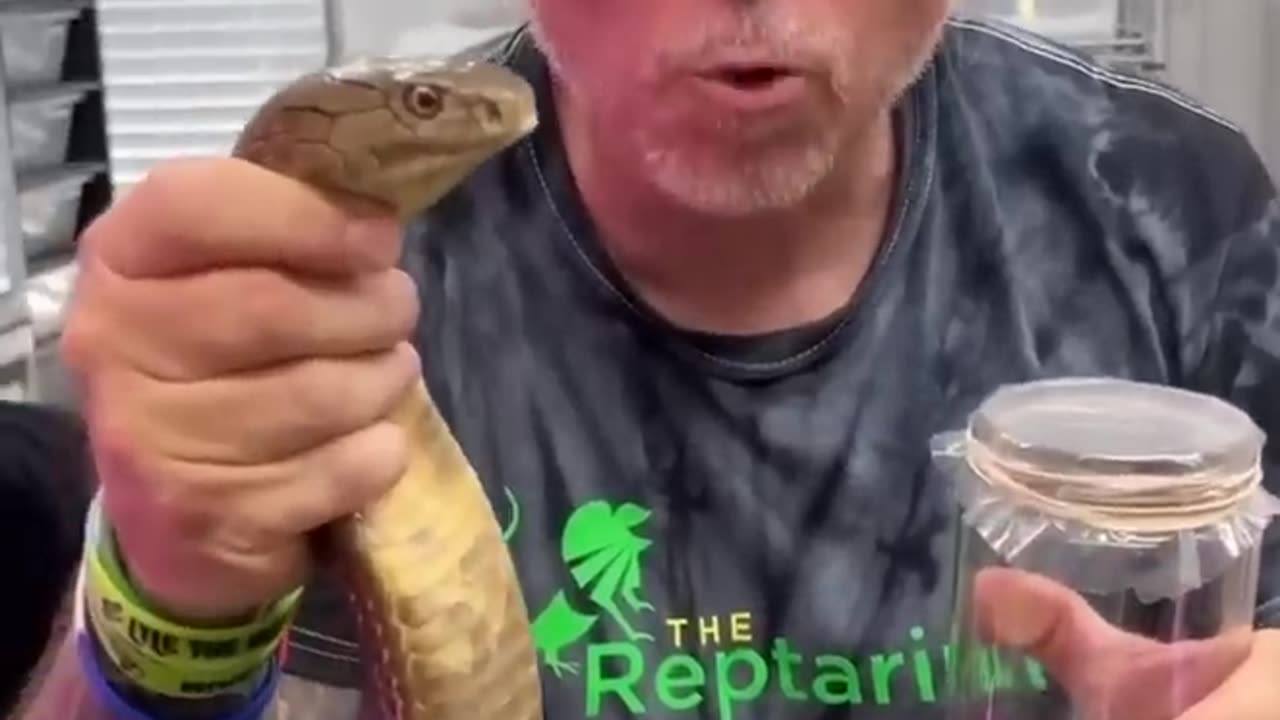
King Cobra Venom Milking! #ThatMoment
Safety precautions: Milking king cobras is a dangerous task, as these snakes are large and can deliver a lethal bite. Safety precautions are of utmost importance. The handler should wear protective gear, including gloves, eye protection, and appropriate clothing.
Enclosure: King cobras are typically kept in secure enclosures. The handler needs to carefully transfer the snake from its enclosure to the milking area.
Restraint: The snake is usually restrained using specialized snake handling tools and techniques to ensure the handler's safety and minimize stress on the snake. It's essential to handle the snake gently to avoid causing harm.
Venom extraction: Venom is extracted from the snake's fangs by gently pressing or massaging the venom glands located behind the snake's eyes. As the snake bites onto a specialized container, the venom is released and collected. It's crucial to maintain a calm environment during this process to avoid stressing the snake.
Storage: The collected venom is stored in a sterile container and kept at low temperatures to preserve its potency for research or antivenom production.
Frequency: Venom milking should be done at intervals, allowing the snake to recover fully between milking sessions. Stress should be minimized to keep the snake healthy.
Research and antivenom production: Extracted venom can be used for various research purposes, including studying the composition of venom, its effects, and potential medical applications. In regions where king cobras are native and pose a threat, venom may be used to produce antivenom to treat snakebite victims.
-
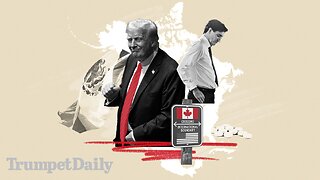 59:54
59:54
Trumpet Daily
20 hours ago $3.46 earnedThe Trade War Ends - Trumpet Daily | Feb. 4, 2025
11.5K24 -
 5:44
5:44
DropItLikeItsScott
13 hours ago $0.17 earnedA Must Have Shotgun - GARAYSAR Fear 116
7.44K2 -
 56:14
56:14
PMG
19 hours ago $0.09 earnedHannah Faulkner and John Strand | BLANKET PARDON FOR ALL J6er's
38.3K5 -
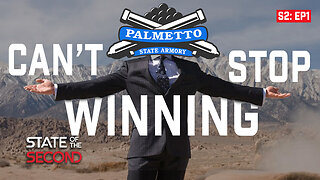 48:51
48:51
State of the Second Podcast
16 hours agoWhy Does Palmetto State Armory Keep Winning?
19K5 -
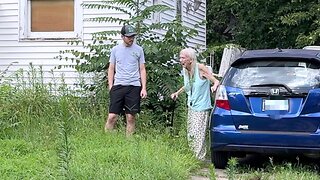 32:01
32:01
SB Mowing
25 days agoHer Tears Said It All: “My Prayers Have Been Answered”
36.3K38 -
 3:28:55
3:28:55
Price of Reason
16 hours agoTrump Means Business! Disney's F4 Hail Mary Pass! Assassin's Creed Shadows Art Book SUCKS?
73.9K14 -
 8:00:07
8:00:07
SpartakusLIVE
14 hours ago#1 Shadow BANNED Hero
43.7K1 -
 2:17:46
2:17:46
Kim Iversen
14 hours agoTrump To SMUG Netanyahu: Let's Clear “All” Palestinians From Gaza! | RFK Jr, Tulsi Move On To Round Two
93K619 -
 30:25
30:25
Standpoint with Gabe Groisman
1 day agoDemocrats Are Stalling Trump Appointments with Senator Rick Scott
105K25 -
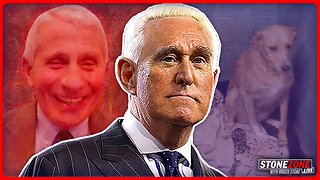 1:00:24
1:00:24
The StoneZONE with Roger Stone
15 hours agoAnthony Fauci’s Brutal History Of Animal Torture Exposed! | The StoneZONE w/ Roger Stone
76.6K20